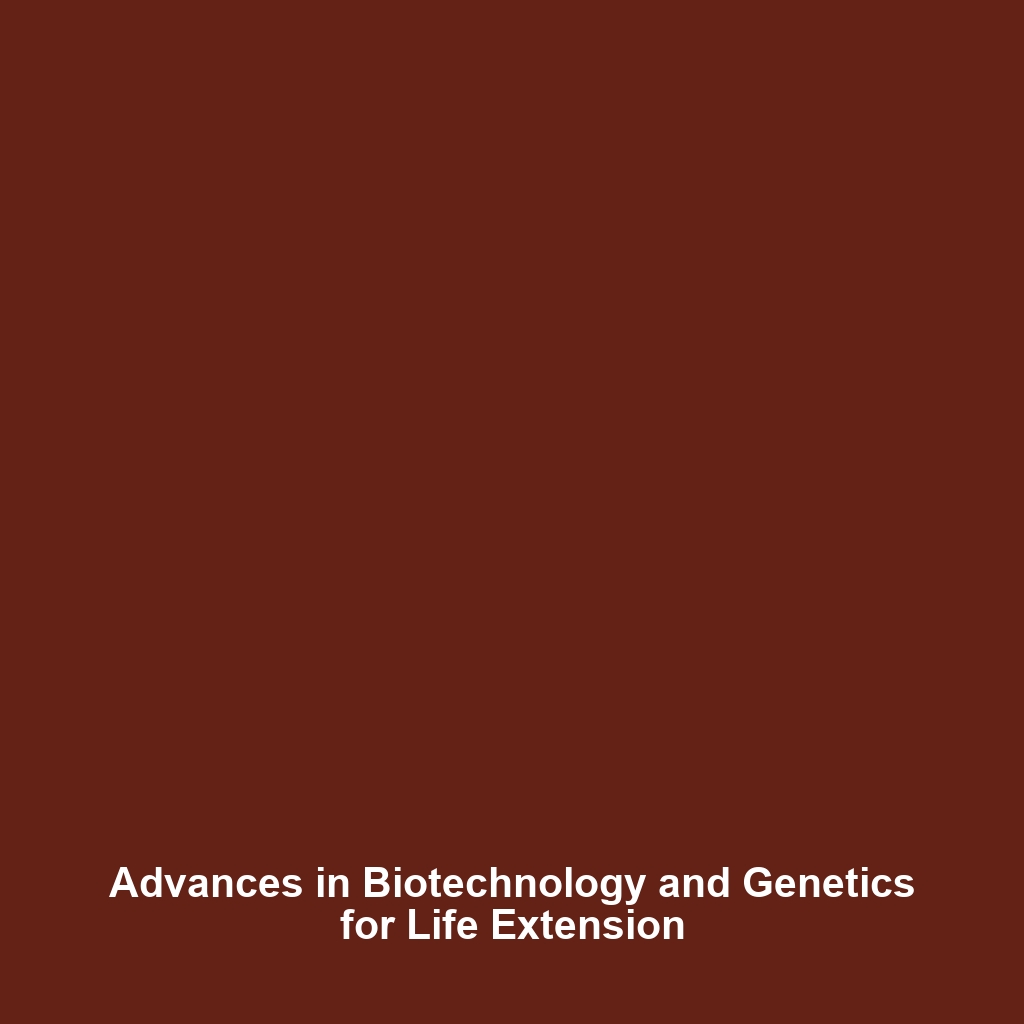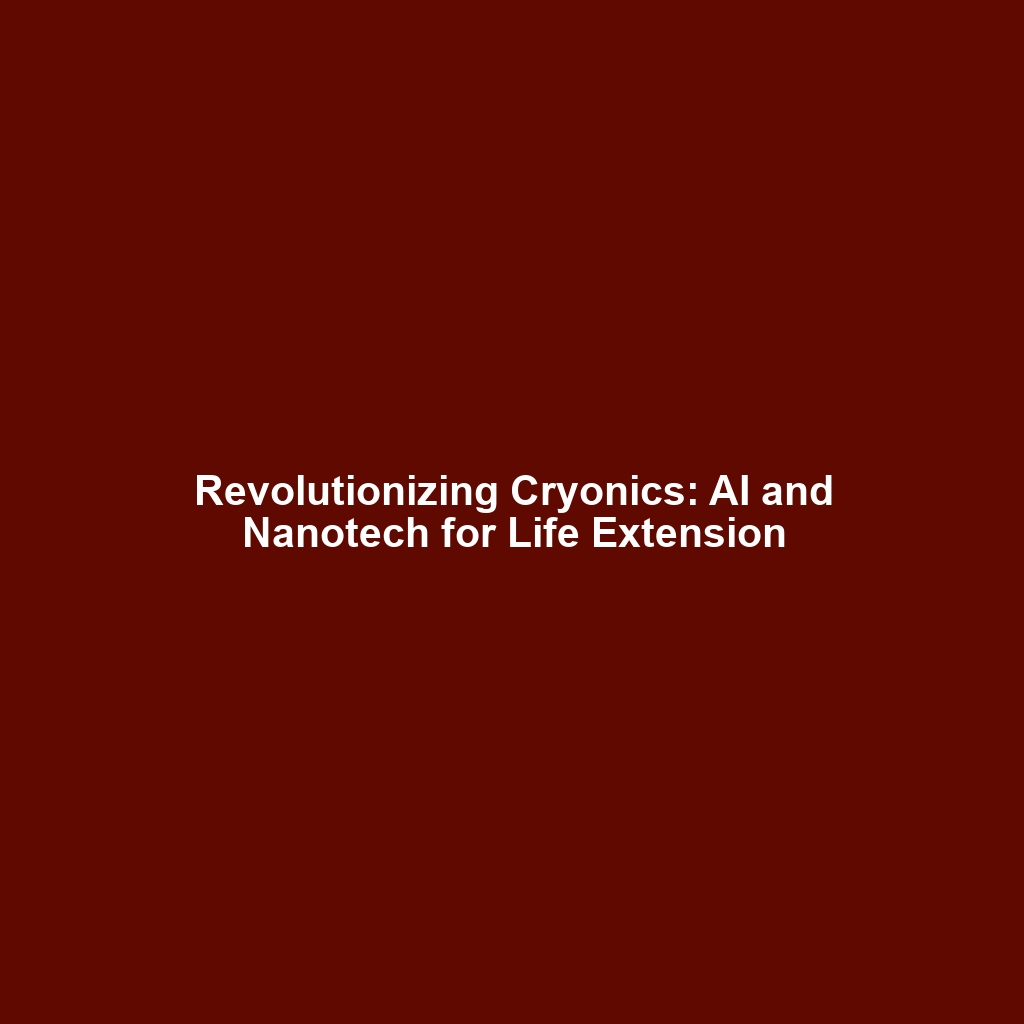Caloric Restriction: Studies on Animals and Lifespan Extension
Introduction
Caloric restriction (CR) has been a focal point in scientific research, demonstrating that a reduced caloric intake can significantly extend lifespan in various animal models. This phenomenon is crucial not only for understanding aging but also for advancing the fields of cryonics and life extension. By investigating caloric restriction, researchers aim to uncover vital biological mechanisms that govern longevity. As we delve deeper into how caloric restriction affects life extension, it becomes increasingly relevant to consider its implications within the broader context of cryonics—an area dedicated to preserving life through innovative scientific methods.
Key Concepts
Caloric restriction involves intentionally reducing caloric intake without malnutrition. The following key concepts elucidate this phenomenon:
Mechanisms of Aging
Studies suggest that caloric restriction activates an array of biological pathways that promote health and longevity. Key mechanisms include:
- Hormesis: Mild stress from reduced calories enhances cellular resilience.
- Metabolic Regulation: CR affects insulin sensitivity and metabolic health, potentially reducing age-related diseases.
- Cellular Repair: CR has been associated with improved autophagy—cellular cleaning processes that remove damaged components.
Role in Cryonics & Life Extension
The exploration of caloric restriction aligns with the goals of cryonics and life extension, as understanding these mechanisms may lead to effective interventions for increasing healthy lifespan and improving preservation techniques.
Applications and Real-World Uses
Caloric restriction has several practical applications within the realm of cryonics and life extension, including:
- Dietary Strategies: Implementing CR-like diets in humans through intermittent fasting and calorie cycling.
- Pharmaceutical Developments: Exploring compounds that mimic CR effects, such as resveratrol and rapamycin, in promoting longevity.
- Preventative Health Initiatives: Utilizing CR principles in devising health-promoting programs aimed at reducing age-related illnesses.
Current Challenges
Despite the promising findings related to caloric restriction, several challenges persist:
- Adherence: Maintaining caloric restriction over long periods can be difficult for many individuals.
- Variability: The effects of caloric restriction can vary widely among species and even among different strains within a species.
- Health Risks: Long-term caloric restriction without professional guidance can lead to malnutrition and adverse health consequences.
- Ethical Considerations: The moral implications of applying CR in human populations require careful deliberation.
Future Research and Innovations
As research progresses, several innovative avenues are being explored regarding caloric restriction:
- Genomic Studies: Investigating CR’s impact on gene expression linked to aging and longevity.
- Technological Advances: Utilizing AI and machine learning to identify caloric restriction mimetics that could optimize metabolic health.
- Clinical Trials: Ongoing studies are assessing the long-term health effects of caloric restriction in human subjects.
Conclusion
Caloric restriction remains a pivotal area of research, shedding light on the mechanisms behind lifespan extension and offering promising applications within the fields of cryonics and life extension. As we continue to unravel the intricacies of how caloric intake influences longevity, the potential for practical applications in dietary practices and pharmacological interventions grows. For those interested in exploring related topics, we invite you to read more about cryonics and life extension innovations.


